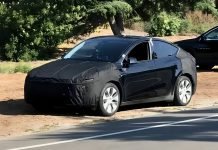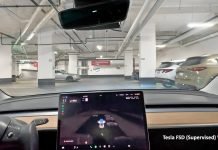Tesla released the latest version of its Full Self-Driving (FSD) Beta program on Saturday. This is the most-awaited Version 9.0, which Musk has been hyping up for quite some time now. The new version of the self-driving package is using Tesla Vision, which is a computer vision system relying only on optical input. Tesla used radar along with the computer vision system previously, but the company has moved onto pure vision now.
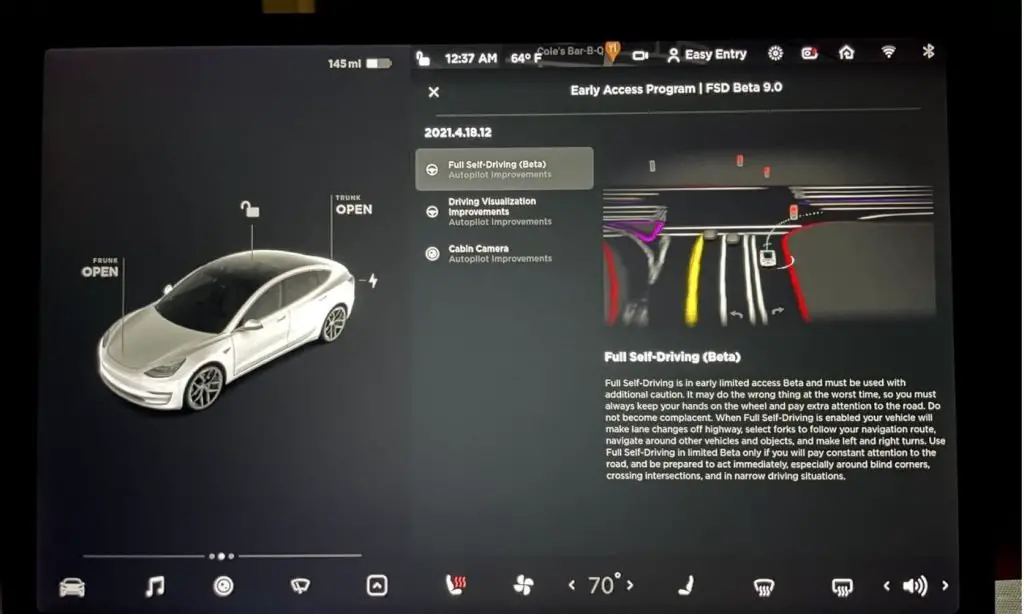
Tesla Releases FSD Beta Version 9.0 With Tesla Vision
Details about Tesla FSD v9 Release
At the moment, Tesla hasn’t revealed many details about the new software update. Instead, the company reiterated important warnings for the drivers who will get to use the feature:
Full Self-Driving is in early limited access Beta and must be used with additional caution. It may do the wrong thing at the worst time, so you must always keep your hands on the wheel and pay extra attention on the road. Do not become complacent. When Full Self-Driving is enabled your vehicle will make lane changes off highway, select forks to follow your navigation route, navigate around other vehicles and objects, and make left and right turns. Use Full Self-Driving in limited Beta only if you will pay constant attention to the road, and be prepared to act immediately, especially around blind corners, crossing intersections, and in narrow driving situations.
Of course, one of the biggest changes has been in the driving visualization. Musk had previously called the new driving visualization a “mind of the car” view. In the Model S and Model X, which now have an instrument cluster screen, this visualization is just behind the steering wheel. For Model 3 and Model Y, this is visible on the centre screen. Of course, the actual rendering of the visualizations remains the same for all vehicles.
Tesla also mentioned that activating the FSD will expand the visualization. This will temporarily disable the apps on the left and right, and provide additional information about the surroundings. The driving speed, Autopilot availability, Autopilot speed, and the speed limit will move to the bottom of the screen.
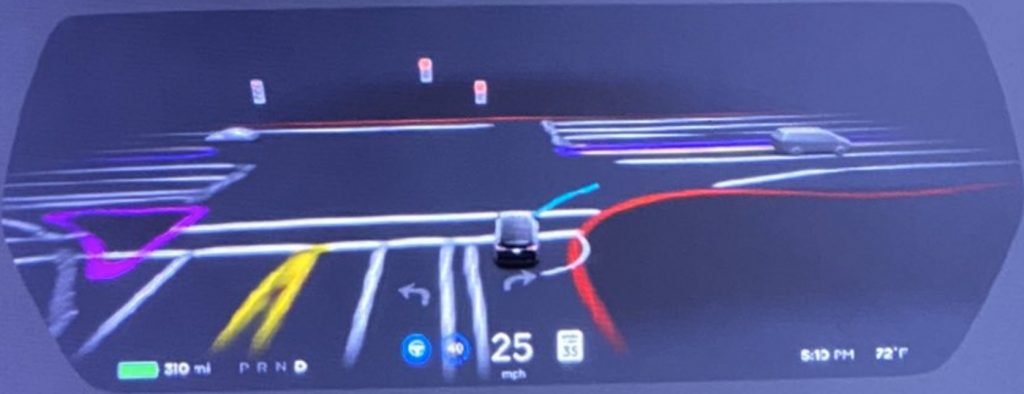
FSD v9 First Impressions
Of course, this new update is only available to the 2,000 Tesla owners who currently have early access to the FSD suite. A lot of these owners have posted videos of their trial runs with the new update. This includes some test cases that Tesla hopes will improve the overall system through the enormous amount of data.
In one of the cases, the vehicle navigated on its own around a number of cones placed on the road near a construction site. Because of the cones, the vehicle could not really follow the road markings. However, it expertly navigated through the path that the cones had created. Another major improvement is that the system is now able to calculate the number of cones (or objects) on the road more accurately.
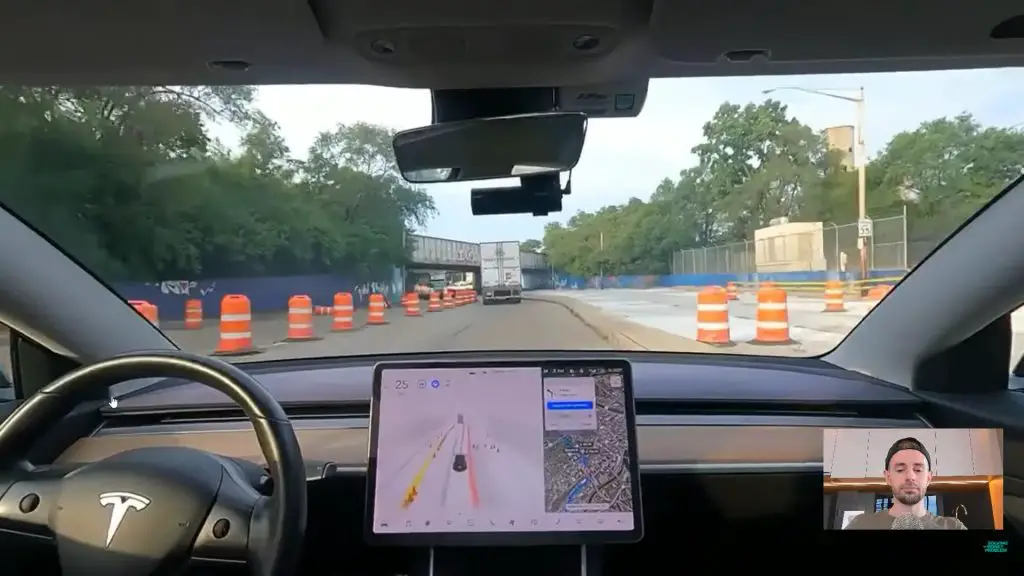
In another video, the vehicle cautiously stopped before entering a roundabout. After realising that there is no obstruction, it expertly drove around, even changing lanes while turning. One of the most interesting videos saw the vehicle swerve away from the sidewalk after detecting a number of people walking close to the road. This is important because in many cases, such as children walking or some person tripping over the sidewalk, there should be a buffer for the pedestrians. The same video showed the vehicle drive without flinching even when a car approached from the left. This is one of the real-world scenarios which wasn’t present in the previous versions.
Of course, it’s not all positive, as one of the owners found out. The vehicle was driving alongside the pillars of an overhead monorail train, but could not detect the pillars. As a result, it kept veering close to the pillars, until the driver had to take over.
All these incidents are discussed in the video below:
But Does it Perform Well in Foggy or Dark Conditions?
The answer, at the moment, is yes. The evidence for this is in the following video.
pure vision handles fog like a champ @elonmusk pic.twitter.com/Rx6KlBDl5F
— Whole Mars Catalog (@WholeMarsBlog) July 10, 2021
As you can see here, the vehicle is quickly able to detect the oncoming vehicle. This is where a robust system will always be useful. The human detection of an oncoming car or any object will vary from person to person, as will the reaction time in case of an emergency. For an artificial intelligence-based system, this variation won’t occur. And the moment this system starts getting better than human beings, Tesla will soar.
Our Opinion
The new driving visualization is one of the biggest improvements in this update. You can check out videos from October when Tesla has first released the FSD suite beta version. There is a stark difference in the visualization between then and now. Of course, things like the monorail pillars will have to be ironed out. There will be people who fixate on this issue and not appreciate how much Tesla has improved the system. Those people need to remember that this is just the beta version. The entire point of this early access release is to improve the system and make it more robust. And if Tesla stays on this track, they might just actually achieve full autonomy.





